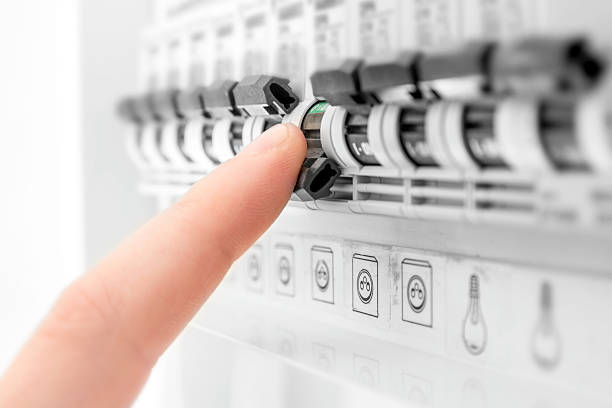In the world of fire safety, technical expertise is vital for ensuring the proper functioning of fire alarm systems. However, beyond the technical know-how, it’s the soft skills that often separate a good fire alarm technician from a great one. Developing and honing these essential soft skills not only enhances the effectiveness of inspections, testing, and service/maintenance procedures but also fosters better communication and rapport with clients and team members.
Today, we’ll explore the significance of soft skills in the context of fire alarm system inspections, testing, and service/maintenance. Let’s dive in!
Effective Communication
Clear and concise communication is the cornerstone of a successful fire alarm technician. Being able to explain complex technical jargon in layman’s terms helps clients understand the importance of the services being provided. Additionally, proper communication ensures smooth collaboration with team members during large-scale projects, reducing the chances of errors or misunderstandings.
Active Listening
Listening attentively is crucial for comprehending client requirements and concerns. Often, clients may have specific issues or preferences that need to be addressed. By actively listening, technicians can demonstrate empathy, build trust, and tailor their services to meet individual needs.
Problem-Solving Skills
Fire alarm systems can be intricate, and issues may arise during inspections or maintenance. A fire alarm technician equipped with strong problem-solving skills can efficiently identify the root cause of problems and devise effective solutions promptly. Clients appreciate technicians who can tackle challenges confidently, ensuring their safety is never compromised.
Time Management
In the field of fire safety, time is of the essence. Clients expect timely inspections and swift responses to emergencies. Proper time management ensures that inspections, tests, and maintenance tasks are conducted efficiently, minimizing downtime and inconvenience for the client.
Adaptability
Fire alarm technicians often encounter unexpected situations or last-minute changes in their schedules. The ability to adapt and remain composed in these situations is crucial. Adaptable technicians can tackle new challenges with ease, ensuring that the quality of their work never falters.
Customer Service Orientation
Going the extra mile for clients and treating them with respect fosters strong customer relationships. A customer service-oriented fire alarm technician can address clients’ concerns and answer questions, instilling confidence in their expertise and building long-term loyalty.
Teamwork and Collaboration
In large-scale projects, teamwork is indispensable. Fire alarm technicians must collaborate with other professionals like electricians, architects, and project managers. A technician who can work seamlessly with diverse teams is an invaluable asset, ensuring that the project’s objectives are achieved efficiently.
Fire alarm system inspection, testing, and service/maintenance require a delicate balance of technical expertise and soft skills. While technical knowledge forms the foundation of a competent technician, soft skills elevate them to a league of extraordinary professionals. By honing communication, active listening, problem-solving, time management, adaptability, customer service orientation, and teamwork, fire alarm technicians can ensure not only the smooth functioning of fire safety systems but also the satisfaction and safety of their clients.
Remember, a great fire alarm technician doesn’t just safeguard buildings; they safeguard lives through their dedication to both technical mastery and exceptional soft skills.








Recent Comments